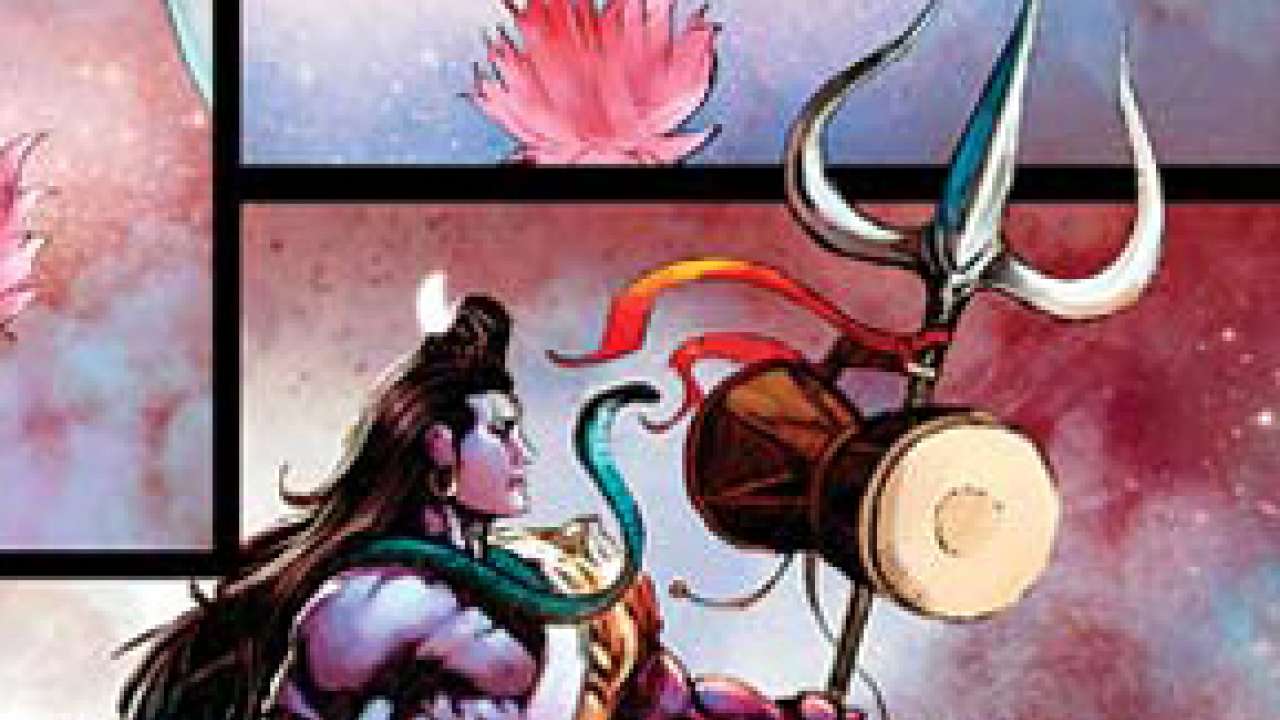
Some ancient myths now enjoy new currency in hip bestsellers, “old-fangled” teleserials, animated cartoons, and filmic avatars. We also see myths and archetypes being used in corporate studies and communication workshops. A management guru may discuss two perspectives in achievement: those who perform for others’ approval, and those who do things for themselves. And offer these examples, “Krishna cannot play a single note on his flute unless he has a mesmerised audience.
Siva however, remains oblivious to onlookers; his self-forgetful dancing is an act of creation”. Intriguingly, our oldest myths are most conducive to reinterpretation in fresh contexts. Why? Because they thrive on paradox? Expose contradictions? Explore conflicts? Gain and lose meanings as the centuries roll on? How else would the ash-smeared, snakes-strung, tigerskin-draped, trident-brandishing form of Siva, with his tangled dreadlocks, skull in hand — sustain its magic through the ages?
In primeval-shamanic cultures he is the deity of intuitions — unknown, unpredictable, unconquerable, uncontrollable, dangerous. Pre-historic cave paintings in Madhya Pradesh depict Siva as both dancer and lingam. The Indus Valley civilization knows him as the yogi surrounded by animals — the prefiguration of Siva as Pasupati? In the Aryan Vedas he is ruddy Rudra, the wild hunter, the roaring storm god. In the Upanishads, he becomes more benign, even compassionate, and certainly omnipresent. (“When there is neither day nor night, existence nor non-existence, then there is only one Siva — pure, auspicious.”) Soon Siva edges out Brahma the creator and is lauded as Mahadeva, greatest of gods. He destroys, only to create and rejuvenate.
Through the ages, formless Siva continues to acquire myriad forms. Some abstract, others highly figurative. He is the symbolic lingam of phallic worship. He is the diagrammatic yantra of tantra rituals. He is wisdom, meditation, sacrifice, sensuality –gnani, yogi, tyagi, bhogi. He teaches the noblest truth to sages in ascetic silence, he also wanders as a naked mendicant (Bhikshatana, Jogi) to entice women. Amazingly, this ultimate image of the male principle, ends up as Ardhanareesvara – half man, half woman, both equally represented in one single form. In the process, the terrifying destroyer becomes the epitome of love. In other words, humans attribute their aspirations to the godhead.
Yes, mainstream deities as they are today, Siva and Parvati belong to tribal lore. And Kalidasa, India’s most courtly poet, writes his most classic saga about an atavistic god, surrendering to the love of a daughter of the mountain clan. To the revolutionary Kannada poets of the 12th century, Siva spelt liberation. One of them, Mahadevi Akka, wanders into the wilderness with only tresses to cover her nakedness. Lost in mystical visions she exults to her Lord, “For my soul’s company I have you.” Her insistent search for identity has made her a role model for women’s empowerment.
Because our myths are so eclectic, so inclusive — not dogmatic and hidebound — Siva can be the metaphor for those qualities we urgently need today, austerity and restraint, wildness and passion. We need them both to battle negative forces ranging from terrorism to climate change. A British visitor even described Siva as the symbol of conservation. Didn’t the mountain god trap the flooding river in his forest of matted locks, prevent landslides and soil erosion?
We need the image of a supreme artiste to affirm life on earth, renew cosmic energy. Such myth-renewing and metaphor-making help us resolve conflicts, make sense of the times in which we live. But has literalness shrunk our minds? Do our damaged ears hear the rich, plural, polyphonic echoes anymore?
The author is a playwright, theatre director, musician and journalist, writing on the performing arts, cinema and literature